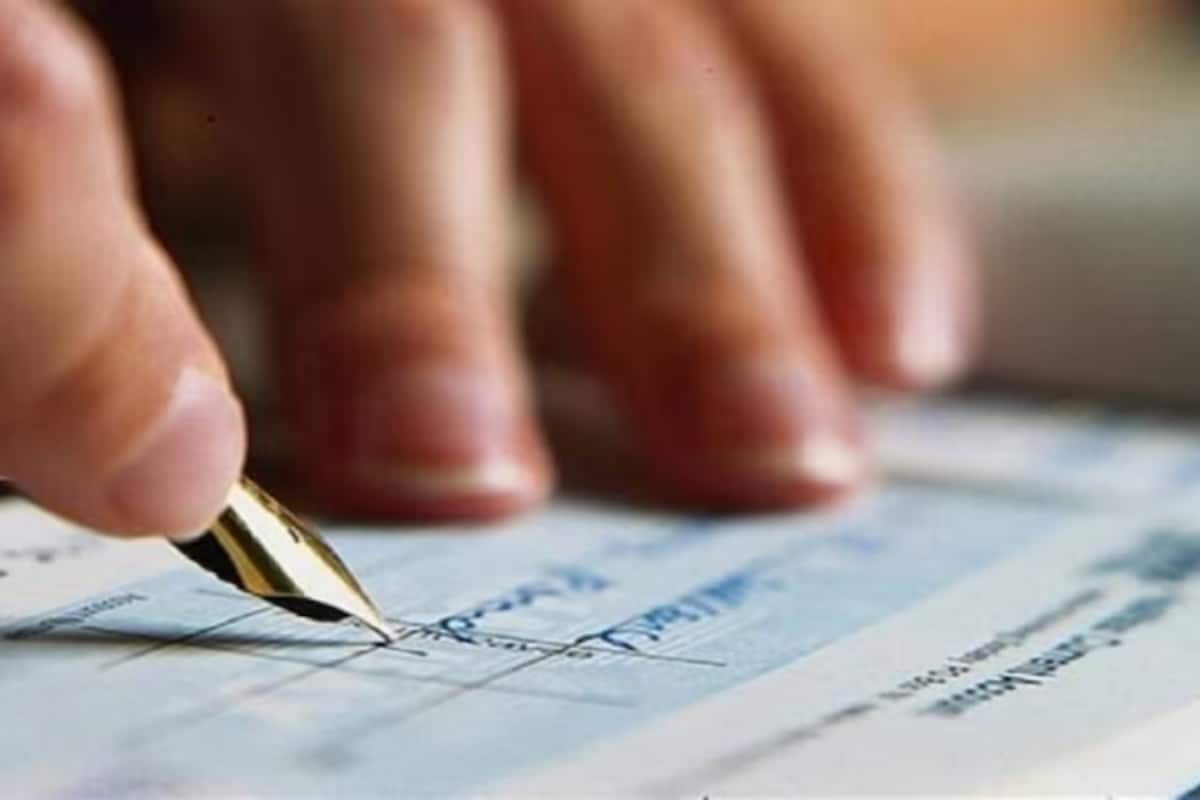

Endorsing a check, which involves signing the back, is a crucial step in validating the transaction and ensuring the funds are correctly processed. It's a practice rooted in history and designed to provide security and legal authorization for the transfer of money. Here’s a detailed look into why checks are signed on the back:
1. Legal Authorization and Verification
When you receive a check, endorsing it is like giving permission to the bank to move the money from the check to your account. By signing the back of the check, you are essentially telling the bank, "Yes, this money is meant for me, and here's what I want to do with it". This endorsement serves as your way of authorizing the bank to process the check, whether you're depositing it, cashing it, or transferring it to someone else.
Endorsement of the check before depositing it in the bank is actually an assignment to the bank of the right to collect the money represented by the check. The bank needs your signature to verify your identity and ensure the check is deposited into the correct account. It confirms that you have attempted redemption of the check and that you agree to abide by the conditions ruling your account contract, if applicable.
2. Security and Fraud Prevention
One of the primary reasons for endorsing a check is to reduce the chance of check fraud. Banks require endorsements as a security measure to prove you're the intended recipient of the check and prevent fraud. Signing the back of a check confirms your identity and makes it more challenging for fraudsters to cash it.
Endorsing a check helps protect against unauthorized signatures, forgery, and fraud. Without a proper check endorsement, you can't cash or deposit the money securely into your account. The endorsement acts as evidence against you in cases of fraud.
To enhance security, it’s best to endorse the check immediately before depositing or cashing it. Delaying the endorsement makes the check negotiable, and anyone who gets their hands on it could potentially cash it.
3. Types of Endorsements
There are several types of endorsements, each serving specific purposes:
4. Proper Endorsement Procedures
To properly endorse a check, follow these steps:
5. Business Endorsements
When a check is made payable to a business, an authorized person must endorse it on behalf of the company:
6. Historical Context
Checks have a rich history, with some form of checks possibly used as early as 321 BC in India. The concept evolved over time, with Amsterdam merchants in the early 1500s using written notes to direct banks to pay debts from their accounts. This practice spread, and in 1762, a British banker began printing checks with serial numbers for tracking.
The rise of electronic payment methods has led to a decline in check usage, but checks still play a role in financial transactions.